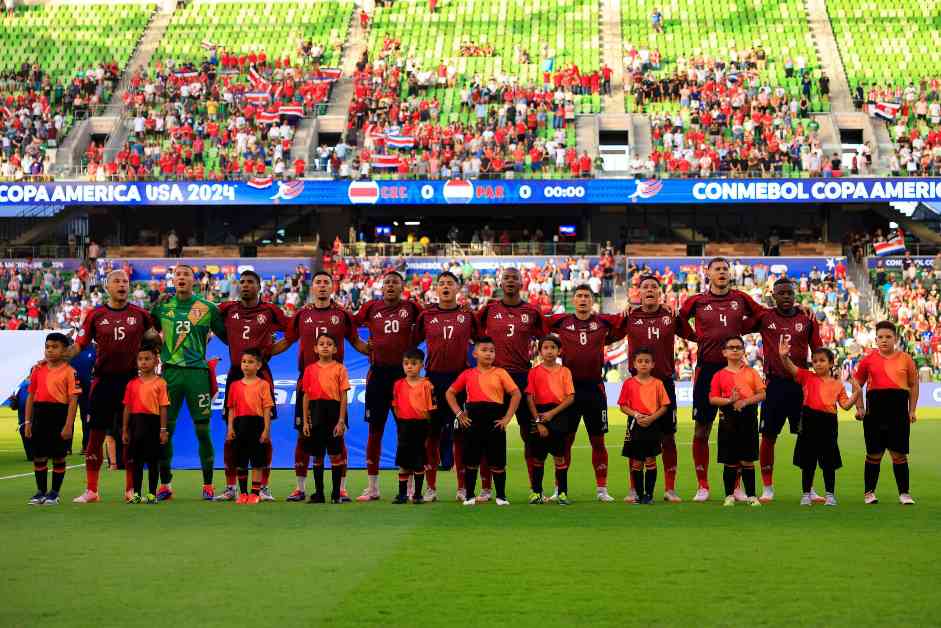When Argentina returns to MetLife Stadium to face Canada on Tuesday, they will likely do so before a soldout crowd. When they faced Chile in East Rutherford, it was the highest-attended match this Copa America so far. It’s the norm at major tournaments: wherever the Argentina national team goes, fans follow. This summer, they have gone from Atlanta to New Jersey to Miami to Houston and now back to New Jersey. The demand to catch Argentina and captain Lionel Messi has meant tickets to watch the world champions have been the most expensive. Yet fans have shown their willingness to pay hundreds of dollars for a single match ticket, if not more. The average cost per ticket at Copa America is high anyway, however; estimated at more than $200 (£160), per multiple accounts. As we enter the final stages of the tournament, ticket prices are only getting higher.
For organizers CONMEBOL, attendance at this year’s Copa America may be considered a resounding success. Eight days before the tournament, officials boasted how more than one million tickets had already sold for the first 32 games. Alejandro Domínguez, president of South American football’s governing body, said officials were “filled with excitement and enthusiasm”. Yet there have also been less-than-spectacular crowds at several group-stage matches, with every empty seat in cavernous NFL stadiums representing a missed opportunity to attract a fan who could have been enthralled by the growth of soccer in the United States. Never mind the impact on players or how poor those empty seats look to those watching at home on television.
Before the tournament, Nery Pumpido, CONMEBOL’s deputy secretary general of soccer, told The Athletic that tickets were “set at a price that I think has been important because people have come to buy a lot”. Overpriced tickets were out of the confederation’s control, he continued, because the dynamic ticket pricing that determines those figures is handled by the ticketing partners at each stadium. “From what has been demonstrated so far,” Pumpido said last month, “the price has been correct.”
Dynamic pricing has the potential to price out fans from some nations competing in the tournament. Not only are tickets costly, but any tourist attending matches would also have to account for hotels and flights in the United States — and also the travel between stadiums if they want to catch multiple matches. Average net salaries in many of the competing Latin American nations fall below $900 (£700) per month. In Argentina, where inflation is among the highest in the world, the average monthly net salary was estimated at $423.32 last year, per Statista.
In many ways, dynamic ticketing favors American buyers with higher incomes and lower travel costs. The large diasporas of Latino communities across the U.S, coupled with the popularity of some tournament favorites, means Argentina, Brazil and Colombia have drawn the biggest crowds, but not in every market. When Colombia and Costa Rica battled it out in Glendale, Arizona, only 27,386 filled the 63,400-capacity State Farm Stadium.
The real crown jewel of the competition remains the final game at Hard Rock Stadium in Miami Gardens, Florida. Its more limited capacity of 65,300 only pushes demand even higher. Tickets for sporting events and other entertainment in Florida as of July 1 are, however, tax-exempt through the end of the month thanks to local law. As of Friday morning, a single resale ticket in the upper bowl at Hard Rock started at $1,369. That drops to $1,292 each when you buy two tickets together. That number will continue to rise and fall, with those same tickets going for $1,350 each just an hour earlier. The service fee for these tickets (an additional cost) was an estimated $271 each.
While the forensic accounting over the attendance and ticket sales will continue after the tournament’s final whistle, CONMEBOL has made one thing clear: the U.S. market is one it wants to continue exploring. “It’s a place to look at, especially as hosts of the World Cup in 2026. That’s important to take into account,” Pumpido said. “We believe the United States has also made great progress at the soccer level… (and) it has advanced a lot with the arrival of Messi. Of course, CONMEBOL will always have the United States in mind for tournaments in the future.”




